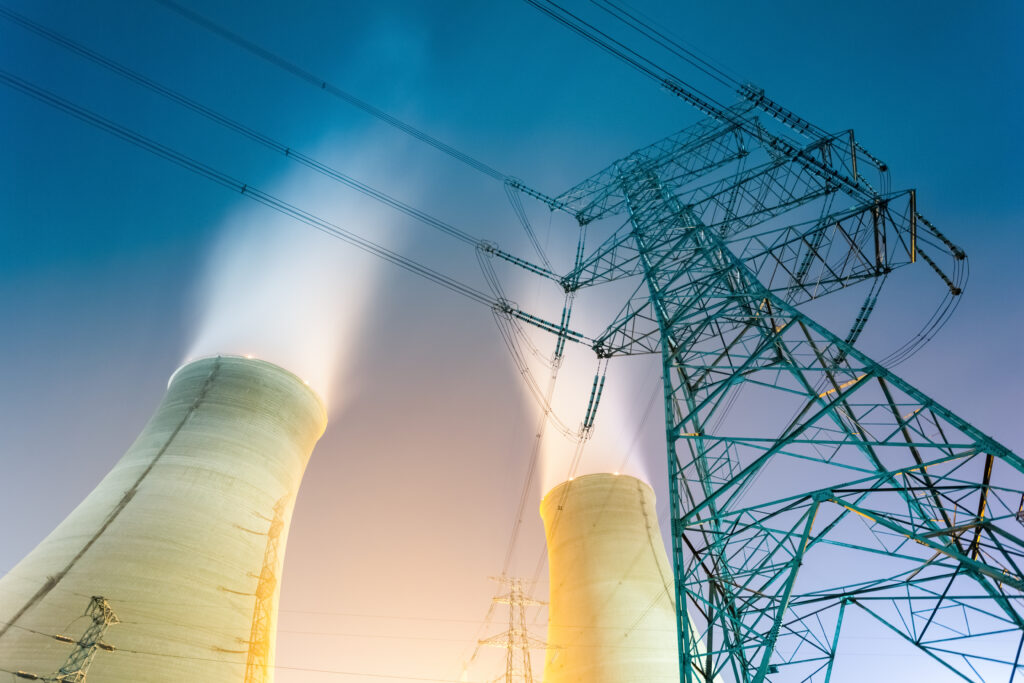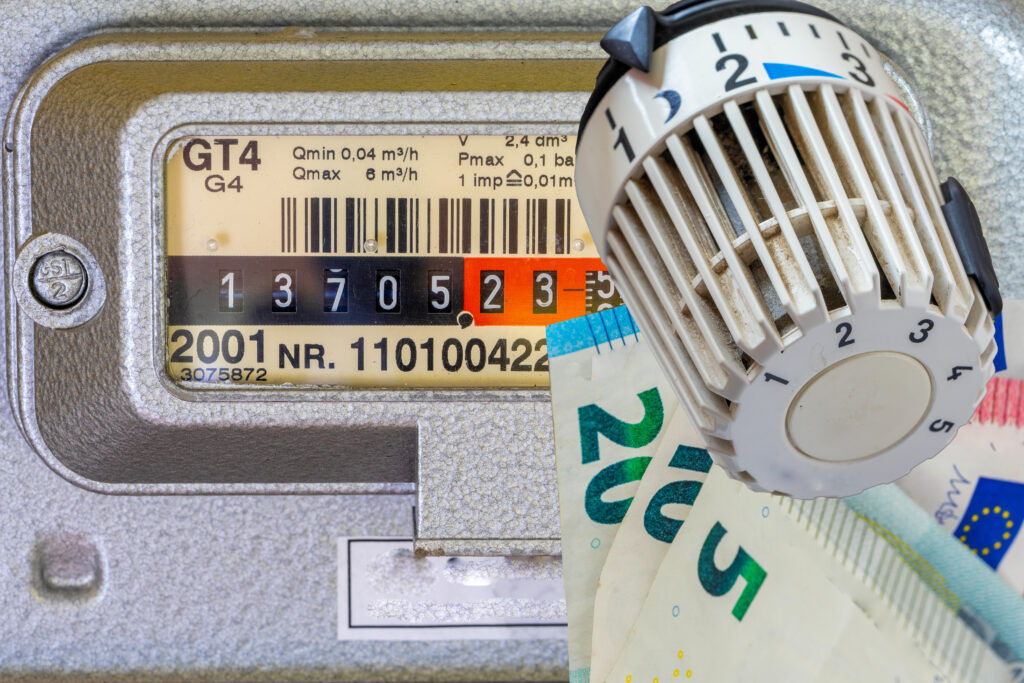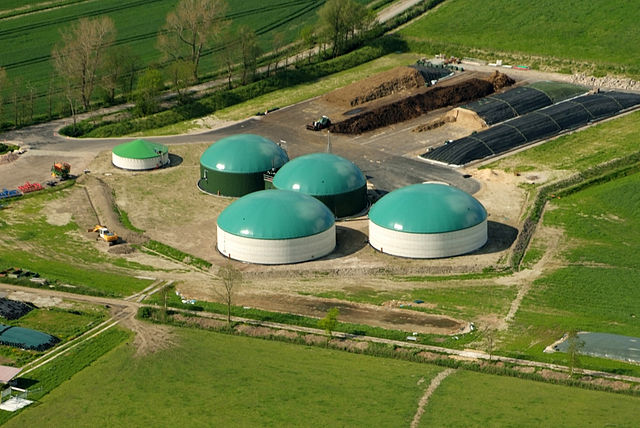Spis treści
The election Sunday surprised not only energy companies in state-owned enterprises. A significant error in the forecast of renewable energy production dramatically shifted energy prices in the market and, for the first time, led to the application of regulations withdrawing support from most RES installations in Poland.
Polish Power Grids predicted that the Sunday power generation from photovoltaic installations would grow parabolically to 7 GW in the middle of the day, while wind farms would deliver another 7 GW throughout the day. Meanwhile, consumer demand was expected to reach 16 GW during the day and 18 GW in the evening peak.
Energy sold out for Sunday at negative prices
Although energy trading companies also have their forecasts and models, the operating plans of Polish Power Grids significantly influence the behavior of market participants. This was the case this time as well. During Saturday’s trading of hourly contracts for delivery on Sunday (on the second fixing, also including international trading), as many as 16 out of 24 hours of the day closed below zero. There had never been so many negative hours in Poland before.
After taking into account all Saturday trading on the Exchange Day-Ahead Market (RDN), the TGeBase index for Sunday closed with seven consecutive hours below PLN 0/MWh. This was enough to trigger, for the first time in history, the provisions of the RES Act that withdraw support for most renewable energy sources in Poland for electricity generated on Sunday from 10:00 to 16:00.
RES without support
The law stipulates that owners of RES facilities, whether wind, solar, water, biomass, or biogas power plants, will not receive green certificates, guaranteed feed-in tariffs (FiT, FiP), or equalization payments to the contracted price in RES auctions if the TGeBase index remains negative for at least six consecutive hours. The regulations have been in force for years, but no one remembered them. Out of over ten people from the energy industry we spoke to about this situation, only two remembered their existence.
The provision was introduced to prevent renewable energy sources from maintaining incentives to continue introducing energy into the grid during an energy surplus (as evidenced by the drop in prices to negative values). – It’s like selling ice cream in winter. There’s nothing wrong with that. Renewable energy production also has to adjust to the market, and investors take that into account – agrees with these regulations our interlocutor from the wind industry.
Forecast mismatch with reality
However, on Sunday, the situation turned out to be more complicated than expected from Saturday market expectations. In reality, there was no energy surplus from RES, and prices during Sunday’s trading session on the Day-Ahead Market (RDB) and on the Balancing Market (RB) took on significantly higher values.
The production from photovoltaic panels stopped at 4.5 GW and remained flat at this level for four consecutive hours. The chart of photovoltaic production looks as if production has been limited due to the fear of negative prices for introducing energy into the grid or administratively restricted at the request of PSE, which happened a week earlier.
There were no cuts
However, the transmission system operator informed us that no administrative restrictions were needed on October 15, and such an order was not issued. None of the owners and operators of solar farms we spoke to also restricted generation for market reasons. – We would have done that if it weren’t for the fact that on the Intraday [Day-Ahead Market – ed.] prices were already positive – explains one of the wind turbine operators.
The fact that the unusual flattening of solar energy production was caused only by cloud cover is ultimately confirmed by data provided to the WysokieNapiecie.pl portal by Nomad Electric. – Averaged data from our one hundred photovoltaic farms with a total capacity of 100 MW coincide with the national photovoltaic energy production – explains Paweł Muszyński, a member of the Nomad Electric board.
Elections and a soccer match increased energy consumption?
The forecast also overestimated the production from wind farms. Instead of the expected 7.5 GW in the middle of the day, we had 6.5 GW. In addition, the forecast error for consumer demand may have been influenced by Poles following the course of the elections and the evening soccer match. PSE repeatedly showed that during major media events, household energy consumption can jump by as much as 0.5 GW.
On Sunday, traders already noticed a significant discrepancy between forecasts and reality, and on the Day-Ahead Market, only two hours of the day were traded at negative values, while others increased, e.g., from minus 24 to plus 309 PLN/MWh (3:00 PM). However, the biggest surprise may have been the settlement of Sunday’s trading on the Balancing Market, published on Tuesday. It settles shortages and surpluses of energy that were not previously contracted on the exchange or in bilateral agreements.
None of the hours on the Balancing Market on Sunday were settled at negative prices. The election morning, which a day earlier was contracted at -50 PLN, increased to over 450 PLN/MWh. Renewable energy producers who did not limit production and sold surpluses on the Balancing Market could congratulate themselves, while energy companies that did not estimate the demand of their end customers accurately regretted it, as they had to buy the missing energy at a price 500 PLN/MWh more expensive.
Will negative prices become more common?
Although there was no actual excess of energy, and prices on the Day-Ahead Market and the Balancing Market were relatively high compared to recent weekends, this does not change the situation for producers of “green” energy – they will earn money from the sale of energy (if they did not sell it a day earlier at negative prices), but they will not receive a penny of support for several hours of work. For most of them, differences in revenue will, of course, be lost in annual settlements, but owners of eco-power plants must realize that such situations will become more and more common, and they should be prepared for it.












